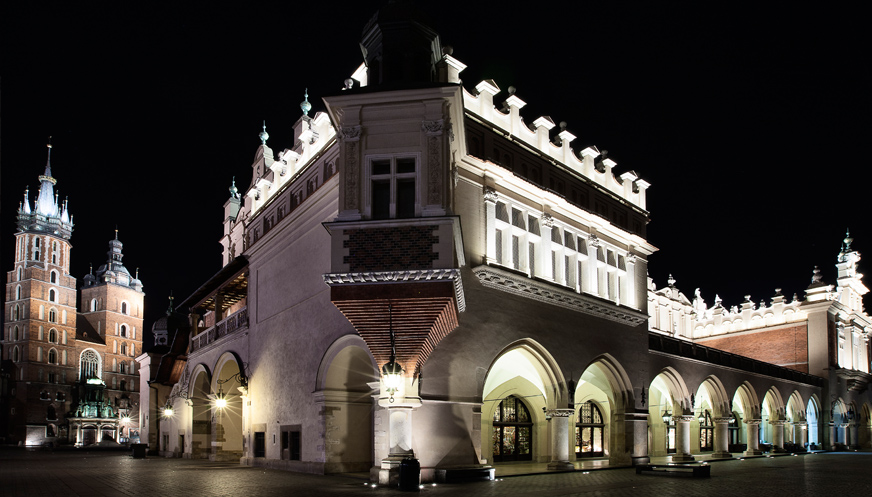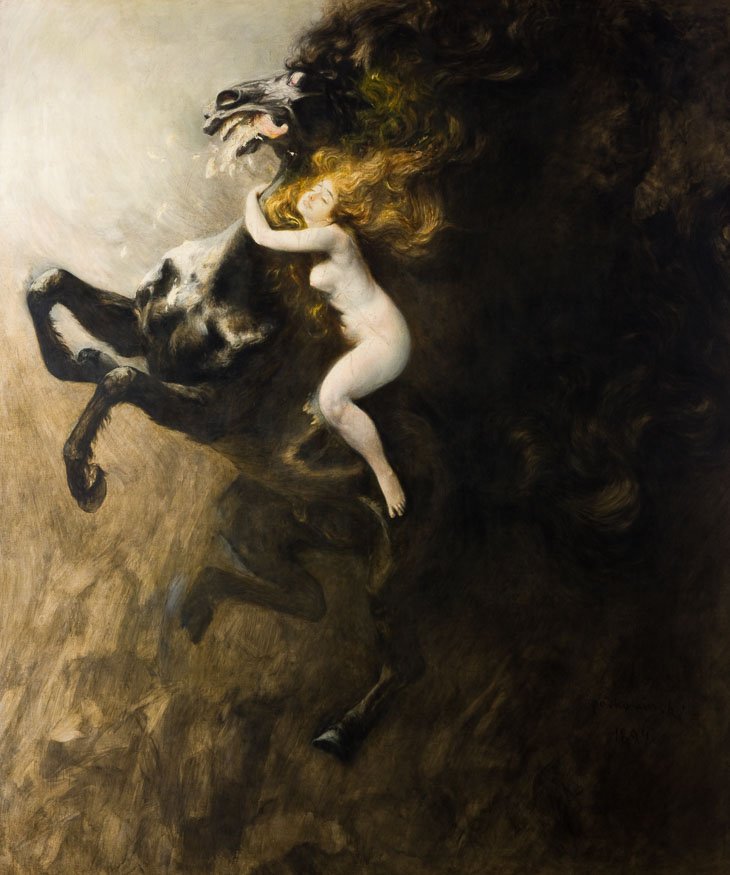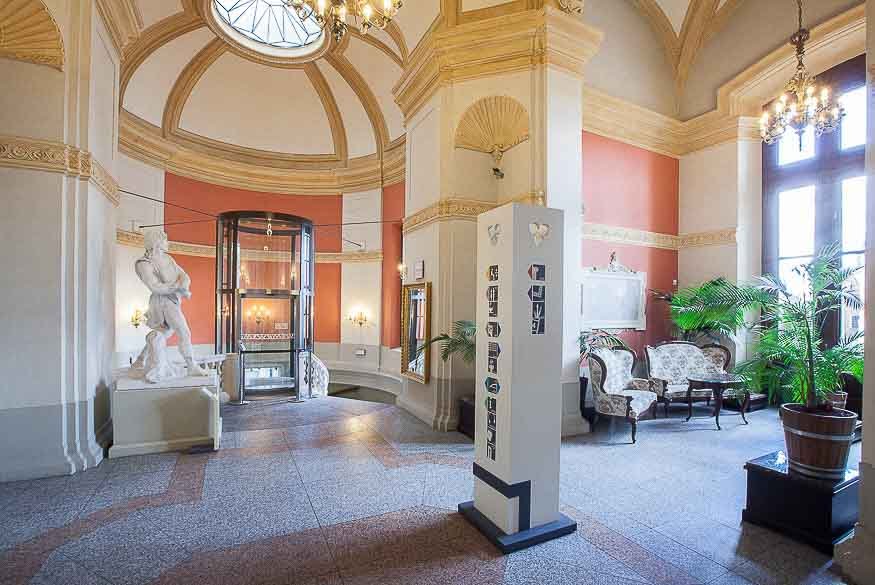The Gallery of 19th Century Polish Art in the Sukiennice will be open until 2:00 p.m. on December 4, 2025.
The Gallery of 19th-Century Polish Art in the Sukiennice will be closed to visitors on 11 December 2025.
We apologize for any inconvenience.
Tuesday is the day of free entry to permanent exhibitions at the NMK.
The museum is closed on Mondays.
Opening hours for organized groups booked through the MNK Information and Reservation Center:
Tuesday: 9:00-18:00
Friday: 9:00-18:00
The Gallery of 19th-Century Polish Art in the Sukiennice will be closed to visitors on 11 December 2025.
We apologize for any inconvenience.
Tuesday is the day of free entry to permanent exhibitions at the NMK.
The museum is closed on Mondays.
Opening hours for organized groups booked through the MNK Information and Reservation Center:
Tuesday: 9:00-18:00
Friday: 9:00-18:00
The Michałowski Room
Romanticism. Towards National Art
The harbingers of Romanticism emerged soon after Poland had lost its independence (1795), although the actual development of the movement occurred between 1822 (the publication of Adam Mickiewicz's poetry) and 1863 (the collapse of the January Uprising). Similarly to European art, the painting and sculpture of Polish Romanticism were characterized by a variety of approaches and creative experiments, which resulted in a thematic and stylistic diversity of works. However, their most important feature was their patriotic and pro-independence nature. This part of the exhibition contains works considered important for Polish Romanticism due to their typicality or on the contrary - their uniqueness. Paintings by such outstanding painters as Piotr Michałowski, Henryk Rodakowski, Wojciech Korneli Stattler, Teofil Kwiatkowski, Artur Grottger and Leon Kapliński are juxtaposed with works by less prominent artists, valued as illustrators of current historical events (Michał Stachowicz, Teodor Baltazar Stachowicz, January Suchodolski, Franciszek Faliński). Works by Jan Nepomucen Głowacki, Aleksander Płonczyński and Saturnin Świerzyński, in turn, depicted the so-called 'sentimental sights', namely the landscapes and depictions of cities or monuments of great importance for the national history and culture.
Polish art of the Romanticism period was of ideological nature, attuned to public demand. It conveyed contents centred around national issues, not comprehensible to everyone, hermetic, but stylistically close to the trends in European art of that time. Dominated by the influence of the French Romanticists, it was also greatly inspired by the artistic circles in Dresden, Saint Petersburg, Vienna, Munich and Rome. The shift towards national history prompted the development of history painting. The legacy of Romanticism in Polish art was visible in growing realistic tendencies, which highlighted the unbiased and factual way of depicting reality, while interest in native landscape and the people resulted in a dynamic development of landscape and genre painting. In many respects, Romanticism in Polish art continued ceaselessly until the end of the century.




